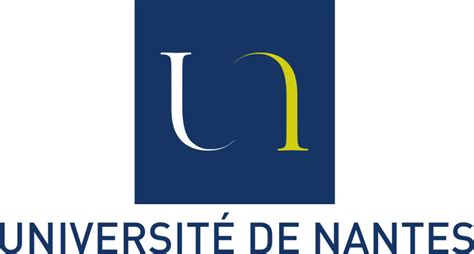Redox-active phases and radionuclide equilibrium valence state in subsurface environments - New insights from 6th EC FP IP FUNMIG
Résumé
Within the 6th EC FP Integrated Project "Fundamental Processes of Radionuclide Migration" (FUNMIG), progress has been made to improve knowledge about the phases and reaction mechanisms involved in complex reduction processes of radionuclide contaminants in natural subsurface environments. This review paper gives an overview of the achievements made by the research groups involved in this project, and puts the scope and results of the studies in a more global context. Firstly, both thermodynamic and experimental evidence show that green rust is present and reactive in subsurface groundwater with a composition that spans the Fe(II)/Fe(III) redox boundary. Green rust has been shown to reduce Np(V), Se(VI) and Se(IV), but the pathways for the redox processes and the reaction products that result are complicated, and change as a function of the reaction parameters. Secondly, considerable evidence has emerged that Se(IV) is reduced on Fe(II)-bearing minerals which are ubiquitous in subsurface environments. The stable Se valence state in the presence of FeS2 has been shown to be Se(0). Also, natural dissolved humic substances that contain sufficient electron donating capacity are capable of interacting with, and possibly reducing, Se(IV) to lower valence states. Thirdly, the influence of HCO-3 and organic ligands on the uptake and reduction of U(VI) on Fe(II)-bearing minerals was investigated. While it appeared that HCO-3 decreased the extent of U(VI) uptake by the reducing surface, the fraction of reduced U(IV) in the solid phase increased with increasing HCO-3 concentration. In contrast with the observations for HCO-3, organic ligands decreased both the extent of U uptake, as well as the fraction of U(IV) found in the solid phase. The studies performed within FUNMIG show that investigating reduction-oxidation mechanisms require (1) a detailed control over reaction conditions (anoxic atmosphere, purification of solid phases, initial radionuclide speciation), (2) a rigorous follow-up of reaction products (both solution chemistry and spectroscopic methods), and (3) the consideration of slow kinetics in the setting up of an experiment. These requirements make the study and assessment of redox processes one of the most demanding scientific challenges for geochemists who are asked to make predictions for radionuclide transport behaviour in the environment.
